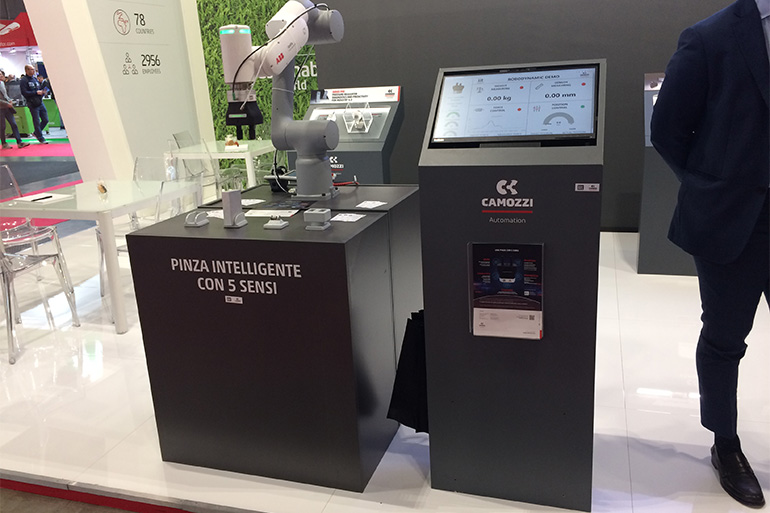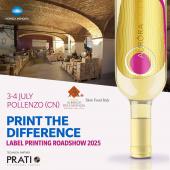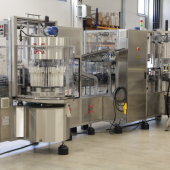RobotHeart: right first time
Cobot and communication networks of the main protagonists of the new exhibition area dedicated to “the art of smart robotics”. Successful integration with BIMU contents and proposals.
Maurizio Cacciamani
The exhibition spaces of the 33rd Bimu show (Fieramilano Rho, 12-15 October) hosted RobotHeart - The art of smart robotics, the event sponsored by SIRI (Società Italiana di Robotica Industriale – the Italian Industrial Robotics Association). Dedicated not only to the world of industrial robotics, but also to automation, associated technologies, components, systems and artificial intelligence the initiative involved, as protagonists, constructors, integrators, universities and representatives of the academic and research world, spin-offs and start-ups. The event was much appreciated by the general public, with particularly busy stands, as was to be expected given today’s widespread use of robots in practically all manufacturing sector.
An overview of the proposals exhibited
“The art of smart robotics” is the result of a winning synergy between robotic technology and artificial intelligence. Below we present a selection of the proposals for our readers.
In the ABB stand, it was possible to see in action an autonomous mobile robot in the Flexley family in a machine tending application in combination with an IRB 5710 robot (figure 1). The mobile robots autonomously transport materials, parts and finished products between connected intelligent work stations inside factories, logistics centres, laboratories, etc., guaranteeing flexibility. They are ideal for making current production lines sequential.
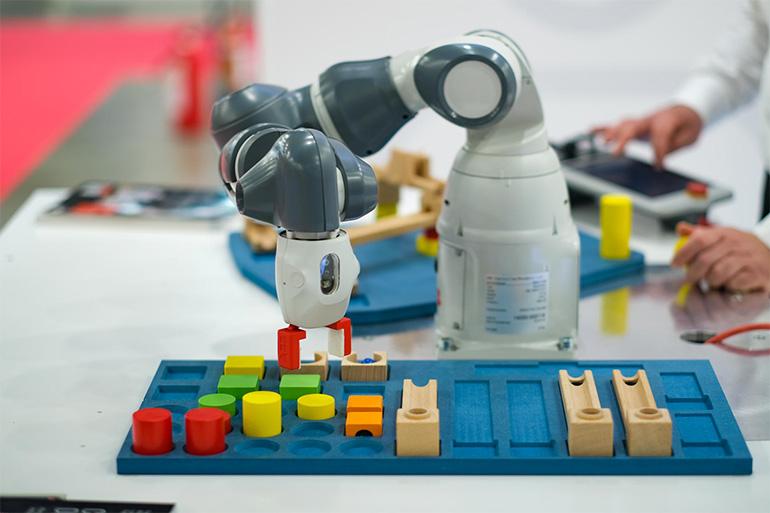
In the Balluff wireless system (a master, a hub and a bridge), contrary to what normally happens, the wireless master does not receive sensor data via cable, but through a bridge or a hub via radio. Easy to install, it facilitates the retrofitting of existing systems. Configuration occurs through an integrated web server; the frequency band 2.4 - 2.483 GHz is useable without a license; the latency is 5 ms, the error rate is 10-9; max. 40 integrable devices.
Bonotto Packaging’s BP-405 intermittent horizontal cartoning machine automatically fills and empties pre-glued cardboard boxes. It is composed of an intermittent motion feed conveyor for product insertion, a cardboard storage unit and a second conveyor equipped with a device for inserting flaps for folding and closing the boxes through the application of hot-melt glue. The products can be positioned on the conveyor manually or automatically with a synchronisation device. The machine is adjustable in order to facilitate format change.
Large 6-digit display, IP65 or IP67 level of protection, resistance to corrosion, over 3 years’ autonomy, simple installation: these are the main features of the new Elesa wireless position indicators designed for an efficient manual positioning of control shafts. The system is composed of a UC-RF control unit and up to 36 DD52R-E-RF electronic position indicators (figure 2).
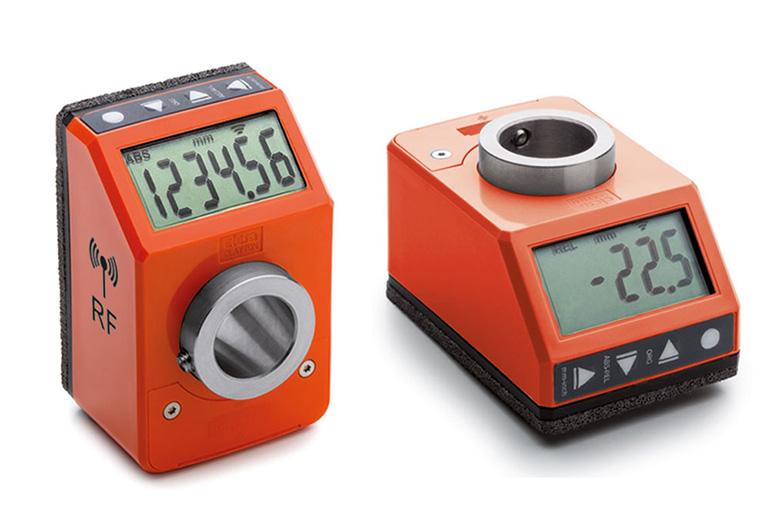
Two new SCARA robot models were presented by Fanuc: the SR-3iA/C (payload 3 kg, working radius 400 mm) and SR-6iA/C (6 kg, 650 mm) (figure 3) are ideal for use in food plants and in clean-rooms (of pharmaceutical factories) thanks to the white epoxy coating for longer life in harsh environments and IP54 degree of protection.
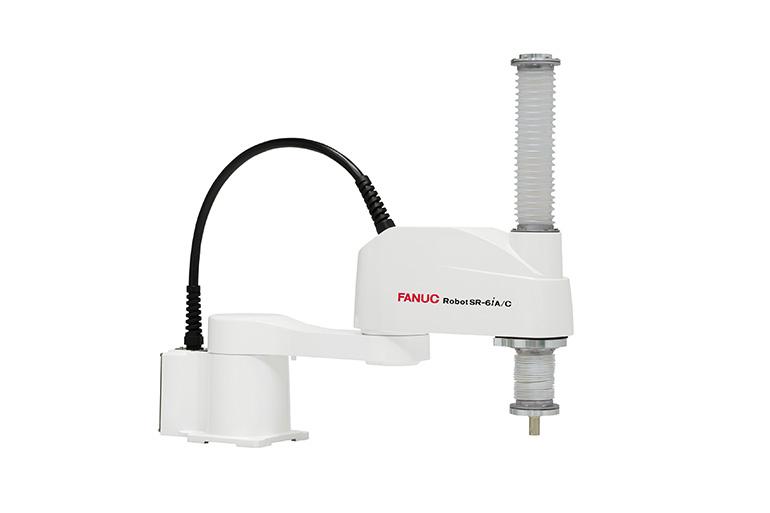
Besides a wide range of linear motors and torque motors, drives and servomotors that have various applications in operating machines, HIWIN presented the LU series of 5 and 10 kg SCARA robots, and the GC series of 5 and 10kg anthropomorphic robots with different working radii. The seventh axis is completely integrated in the robot; the interpolated control of the 7 axes is carried out directly by the control unit. Programming is very simple. Supplied with electric grippers, splined shafts for Z axis replacement in the Scara robots and strain wave gear reducers.
For tying and fixing cables and wires without ruining them, especially in the presence of vibrations, velcro straps, which can be opened and closed hundreds of times, are an excellent alternative to those traditionally useable only once. Icotek (figure 4) supplies the relative supports, available in a number of versions: rapid installation (KBH), with 90° rotation coupling (KBH-R) and screw installation (KBH-S); special version for Bosch Rexroth, MiniTec, item and Rittal products.
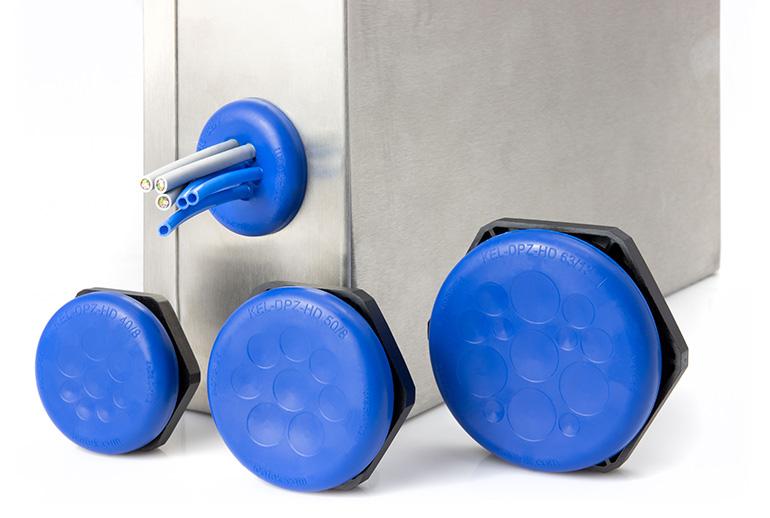
Thanks to the new iglidur E3 material, the Igus drylin T miniature guide has a 40% reduction in friction and a design ratio of 3:1 against the traditional 2:1, applied as rule to linear bearings, that is, the distance between the driving force and the fixed bearing must not exceed twice the distance between the bearings in order to avoid compromising the correct functioning of the system. The new guide makes it possible to increase the drive distance by 50%, without affecting the movement.
The IT Robotics Eyet+Pick system (figure 5) is a 3D vision system for random bin-picking available in two LT versions (for fixed applications above the box), ZV for onboard robot installation. The solution is completed with the Smart Pick 3d software in the Solid (for picking objects arranged casually in a container) and Layer (for picking objects positioned in a single layer) versions. IT Robotics also provides a cloud platform for tests, monitoring and data analysis.
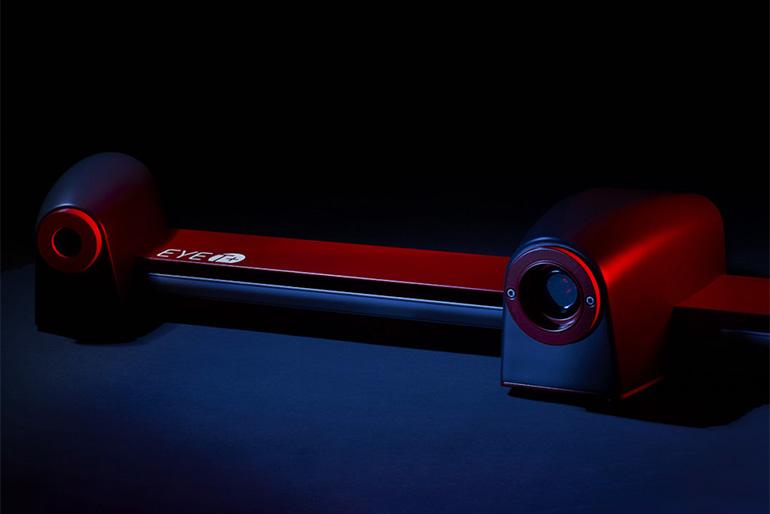
IXON has recently published a White paper on security - Come garantire una soluzione IIoT sicura e affidabile (How to guarantee a secure and reliable IIoT solution) – in which it is explained how to manage information security (the confidentiality, availability and integrity of data), how Cloud IXON has been designed with the servers and services and the relative security controls. This is then followed by a chapter dedicated to routers and their security; finally, the last pages are dedicated to the security of browsers and apps.
Keyence’s MK-G continuous inkjet printer is characterised by an automatic breakdown search function, and automatic cleaning every time it is switched off, also in the event of an interruption in the current. Users can verify the status of the printer and perform operations by remote, from a PC or smartphone.
Two new cobot models by KUKA: the 11 kg and 15 kg LBR iisy (figure 6) with working radii of respectively 1,300 and 930 mm; the degree of protection is IP54. Set up takes a few minutes, also without any expertise in robotics or programming ability, thanks to the new KUKA iiQKA.OS operating system. In the KUKA Marketplace, users can find accessories such as grippers or vision sensors for various automation applications.
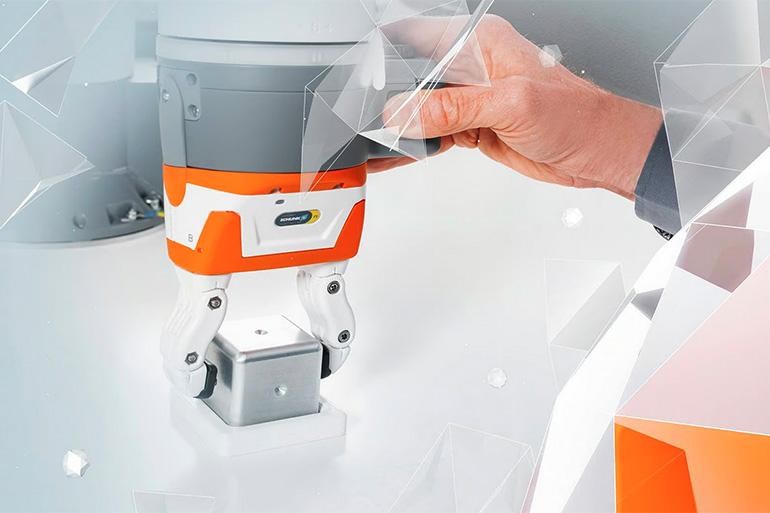
Lapp’s Etherline Guard is able to monitor the life of a 100BASE-TX data cable at risk of transmission failures (up to 100 Mbit/s) according to IEEE 802.3 and also for EtherCAT, EtherNET/IP and PROFINET 2 pair applications. The size is reduced and is available in two versions: LAN version with connection via PM03T cable and PM02TWA wireless version. It is possible to assemble it as a retrofit at any time on an existing network.
In Mitsubishi Electric, the graph of a production line showed how components for automation (electro-mechanical, industrial and collaborative robots, inverters, PLCs, operating panels, motion control, SCADA and other) are integrable between them for the development of scalable solutions. This is an advantage for users, who can refer to a single partner for the automation of their machines or plant, thereby facilitating maintenance and increasing reliability (figure 7).
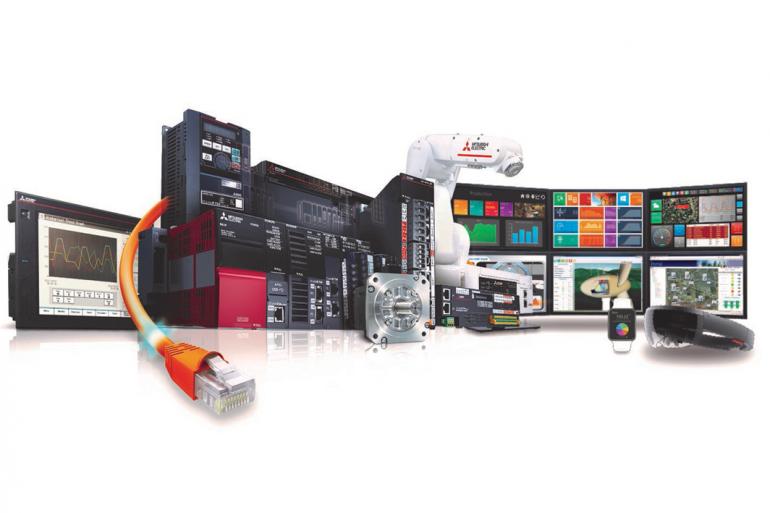
In collaboration with Alfacod, Omron has developed i-Pallet: it’s a solution for the autonomous palletisation and transport of material composed of a TM cobot, a mobile robot from the LD series integrated with Alfacod’s RFID technology that rapidly and accurately identifies products fitted with RFID tags, to be stacked on pallets (max. 1200x1000 mm). Compact and light (max. 250 kg), i-Pallet meets the strict requirements of the Food and Pharma sectors and is customisable.
Rfid Global and Global Tag together presented the range of their Rfid and Bluetooth LE products, including: Rfid Locfield Uhf antenna, which is shaped by hand; Rfid CPR74, the polyhedral and multi-standard Hf module, easy to integrate; Mini-Microty, the really compact and versatile Rfid Uhf On-Metal tag; Hardy, the UHF tag for metallic surfaces available in 9 different formats. Ideal for identifying, tracing and localising in production, logistics and distribution.
Robotunits’ plug and play motorized roller conveyor is characterized by 24V brushless motors for lower consumption and noise. It can transport plastic and cardboard containers (300x 400 mm and 400x600 mm, special sizes on request) with a weight of up to 50 kg; the speed is 10-30 m/min. The modules available include curves, lifters, 90° transfer unit, side servos and rotary tables. The drives can be connected to the main communication networks.
The Korean Doosan cobots distributed in Italy by Scaglia Indeva (figure 8) are IP54 and Clean Room ISO 14644 -1 Class A certified and with PL and Cat 4 level of protection. There are three series available: A for simple and rapid work cycles (5 and 9 kg capacity, working radius 900 and 1200 mm), H (20 and 25 kg capacity and working radius 1700 and 1500 mm) characterised by high safety; the M series is ideal for complex work cycles (6 kg capacity and working radius 900 and 1700, 10 kg, and 1300 mm, and 15 kg and 900 mm). Together with the cobot, it is possible to acquire “turnkey solutions” such as PalFlex for palletising and Loadflex for loading.
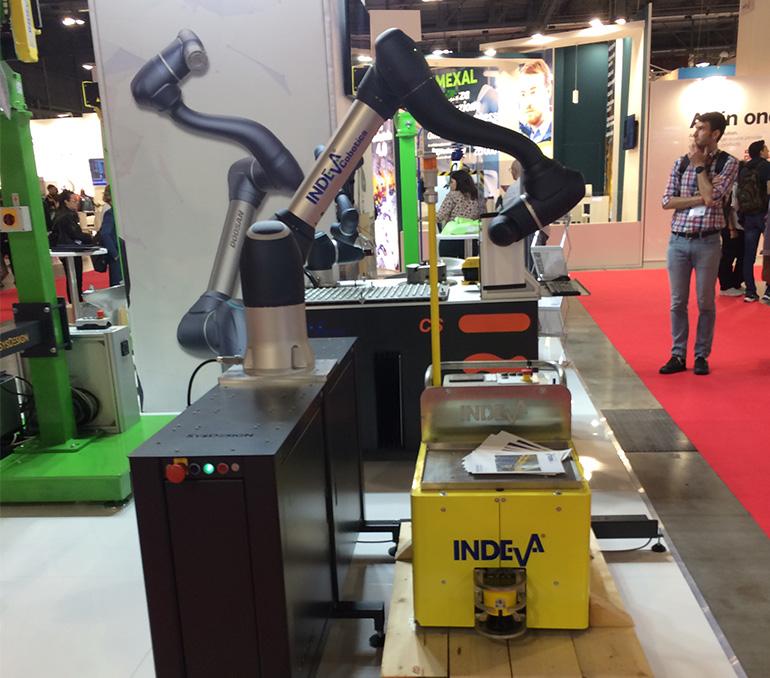
Siemens demonstrated, in partnership with Prima Additive, how the use and processing of data, the simulation of machines and working processes, and the use of AI allow for innovative solutions such as additive manufacturing/3D printing, adopting modular solutions that mitigate the risks associated with cybersecurity. The solution, which is based on the MindSphere open ecosystem (figure 9), provides for the use of Siemens Apps, including Manage MyMachine, to visualize, manage and optimise production; and Manage MyMachine/Remote, for monitoring and the teleservice.

SIR Robotics’ Deep Pick (figure 10) is an innovative bin-picking robotic cell, for picking products of different types. Besides the robot, the cell is composed of a 3D vision system and AI (artificial intelligence) modules. The presence of a gripper storage unit with different end-effectors guarantees flexibility and reliability. The automatic calculation of the trajectories of the gripper is obtained via appropriate software tools that ensure a perfect grip.
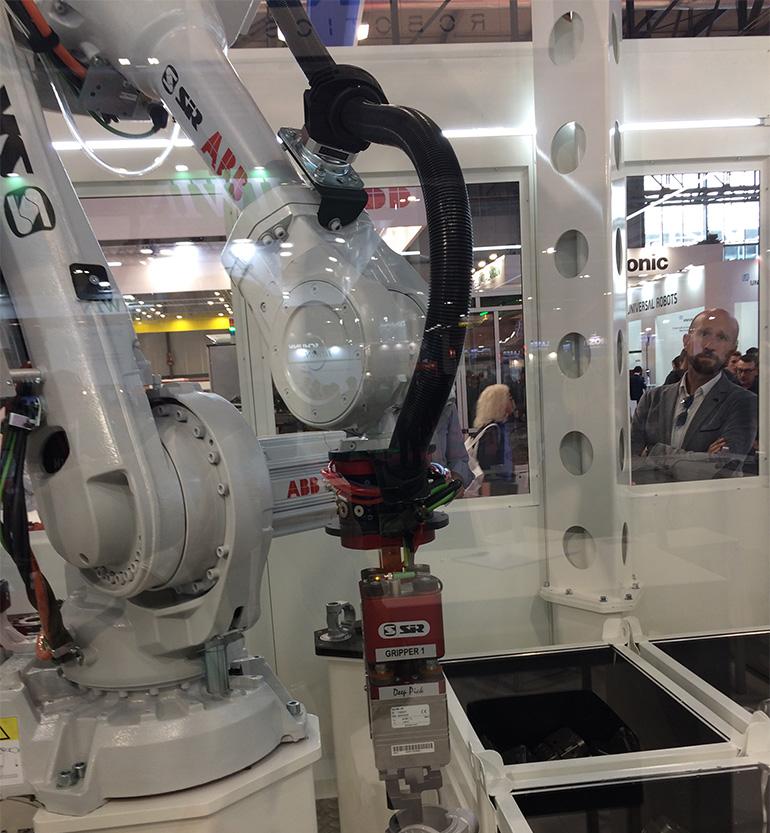
Stäubli Robotics has recently launched onto the market three new six-axis solutions: TX2-140 (working radius 1510 mm, capacity 40 kg, repeatability ± 0.05 mm); TX2-160 (working radius 1710 mm, capacity 40 kg, repeatability ± 0.05 mm) and TX2-160L (working radius 2010 mm, capacity 25 kg, repeatability ± 0.05 mm). SIL3-PLe safety functions are available on request. Among the versions available, reference is made to HE for humid environments, CR/SCR for clean environments, and Aseptic for applications in the pharma and medical fields (figure 11).
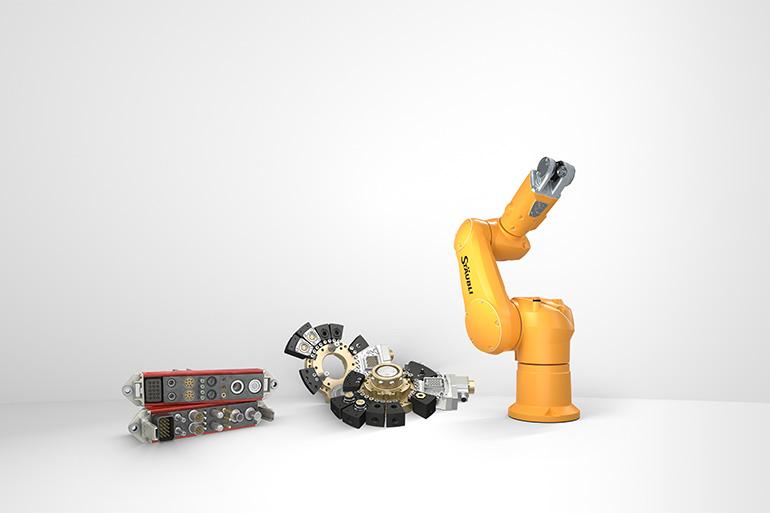
Tiesse Robot has equipped the traditional Kawasaki Robotics RS007L robot (7 kg capacity, working radius 930 mm) with the T-Skin option (sensitive panels to be installed on the arm) and the Kawasaki Cubic-S safety circuitry, thereby turning it into a collaborative robot. The cobot displayed was fitted with an integrated Kawasaki viewing system, installed inside the controller and programmable directly from the keyboard. The system identified the position of objects to be handled and, with the Schunk gripper, picked up the object from the FlexiBowl’s circular feeding system.
Universal Robot’s new UR20 cobot is characterised by a completely new design of the joint, permitting even more rapid cycle times and the possibility of managing heavier loads (up to 20 kg). The 1750 working radius is intended to permit working at the maximum height of standard Europallets, while the reduced size makes its installation easier in tight spaces. Besides palletisation, the UR20 is ideal for handling materials, loading/unloading and machine tending.
Easy to use, Vision Engineering’s Swift PRO (figure 12) simplifies the measurement of components and the exportation of the results according to industrial standards. An ideal solution for production, the system combines two measuring microscopes (optical and video) into a single device. The video measurement is ideal for routine processes, in which the profiles are easy to identify, while the optic measurement is for more difficult samples, with lower contrast. The Dynascope eyepiece-free technology offers high contrast images with a microscope resolution. The field of measurement is 200 mm x 100 mm, while the magnification is 10X-100X.
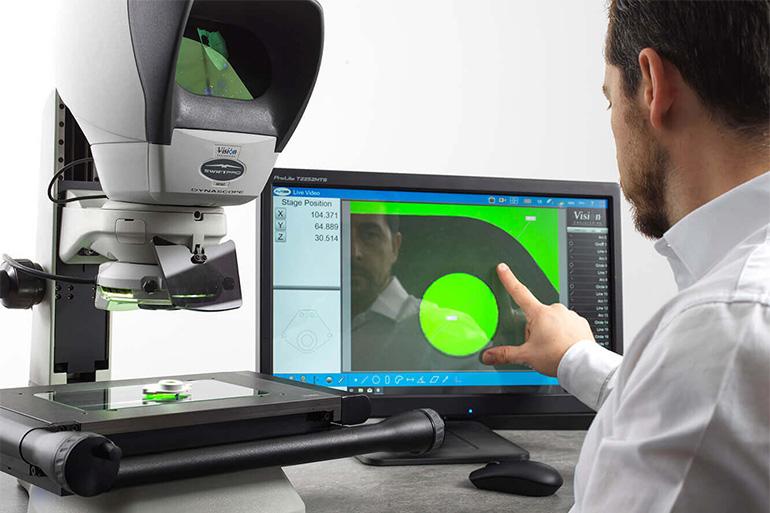
Besides an IO-Link interface, Wenglor’s two new P1PA001 and P1PA002 luminescence sensors are fitted with a Teach button for an intuitive configuration. The field of operation is between 30 and 90mm and the diameter of the point of light is 5 mm; the switching frequency is 2,500 Hz. The reception ranges are between 420 and 750 nm (P1PA001) and 570 and 750 nm (P1PA002).
Wittenstein alpha has developed “speaking” reducers which, thanks to the cynapse sensor, can record and memorise different process and environmental variables that influence the working reducer and communicate them to the automation systems and to all the most common IoT industrial platforms. The cynapse solution includes a sensor module, data output via IO-Link and relative I4.0 connectivity, and can be extended with integrated logics (figure13).
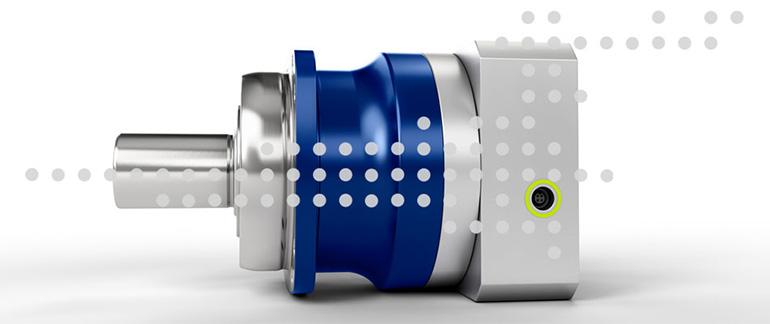
With the recent Motoman DTP series (P = Plug&Play), Yaskawa equips the entire HC range with a flange (almost standard for cobots) for the easy connection of grippers and other accessories. Since the collections (Ethernet, I/O and air) are now routed internally, the operating areas of single axes have been increased. The series includes the HC10DTP (max. 10 kg and working radius 1379 mm) in the Classic versions, IP67 + food grade lubricants, with powder-coated surface + IP67 + food grade lubricants; HC20DTP (max. 20 kg and working radius 1900 mm) IP67 + food grade lubricants.
The gripper that integrates hand functions
Camozzi Automation’s smart gripper integrates hand functions, and is able to perceive objects, analyse them and estimate their dimensions, weight and distance. The gripper, developed together with the Italian Institute of Technology in Genoa, is equipped with a system of integrated sensors able to collect information on the component picked up and on the surrounding environment, process them and implement appropriate reactions according to the situation.
The integrated electronics locally processes the signals originating from the sensors, carries out predictive maintenance controls, as well as rapidly configures the gripper for format changes. The gripper is “plug & play” and interfaces with cobots available on the market through the most common communication protocols. In the trade fair it was installed on an ABB cobot and could be seen also in the Milan Polytechnic stand.
